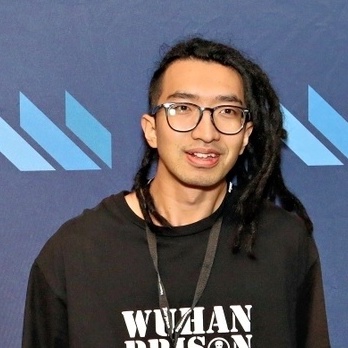
Da Gong
UC-RiversidePoliticians, Media and COVID
The proposed research focuses on how politician’s opinions, provided by local media, shape people’s belief and behavior related to COVID. Specifically, how state governors’ press release (analyzed by natural language processing), covered by local media, impact on people’s social distancing response, belief in conspiracy theory and trust in COVID vaccines. We use geographic variations — the difference between media market boundaries and state boundaries as quasi-random shock of exposure to local news and politician’s press release. Particularly, residents of in-state media market receive most coverage on politicians from their own state. TV viewers from the same state who live in out-of-state media markets receive most coverage on politicians from neighbor states. We collect data of governor’s press release, and use natural language processing methods such as LDA, COVID-Bert and Crowdbreaks Streamer to categorize news topics and measure politician’s attitude towards COVID and related policies. We use multiple waves of survey data (e.g. Preventative Health Survey from MIT and Facebook, Delphi’s COVID-19 Trends and Impact Surveys from CMU and Facebook, Household Pulse Survey) as outcome variables, such as people’s social distancing behavior, mask use and vaccine intent.
Bio: I am a Ph.D. Candidate in Economics at the University of California, Riverside. My research focuses on political economy, labor economics, and cultural economics. In particular, I study the role of political propaganda and social media in explaining individual behavior and belief updates. With my skills in Computer Science, I focus on Machine Learning and Natural Language processing techniques to analyze and interpret economic and text datasets more effectively. I am currently working on state governors' press release impact on people's social distancing response, belief in conspiracy theory and trust in vaccines.